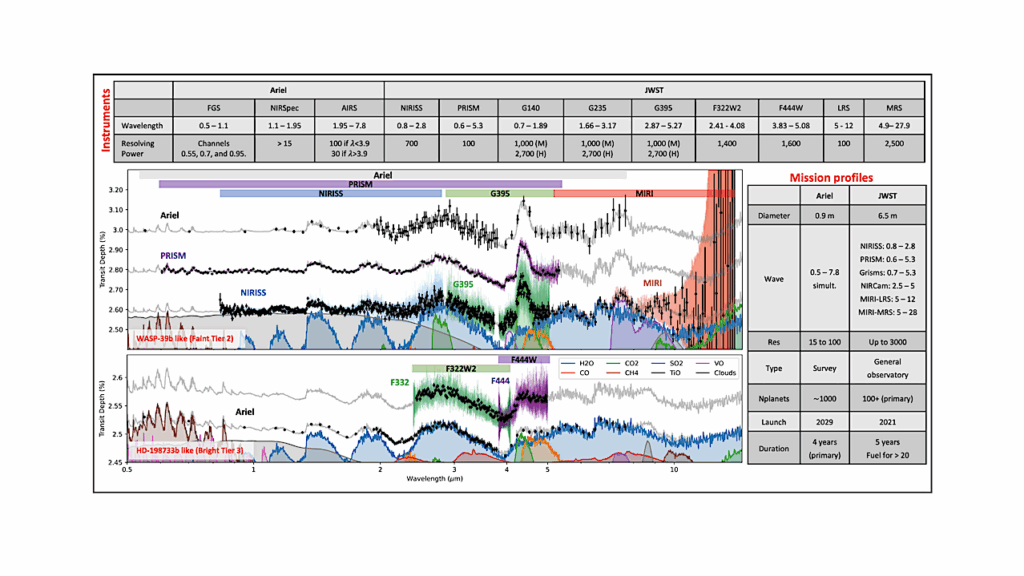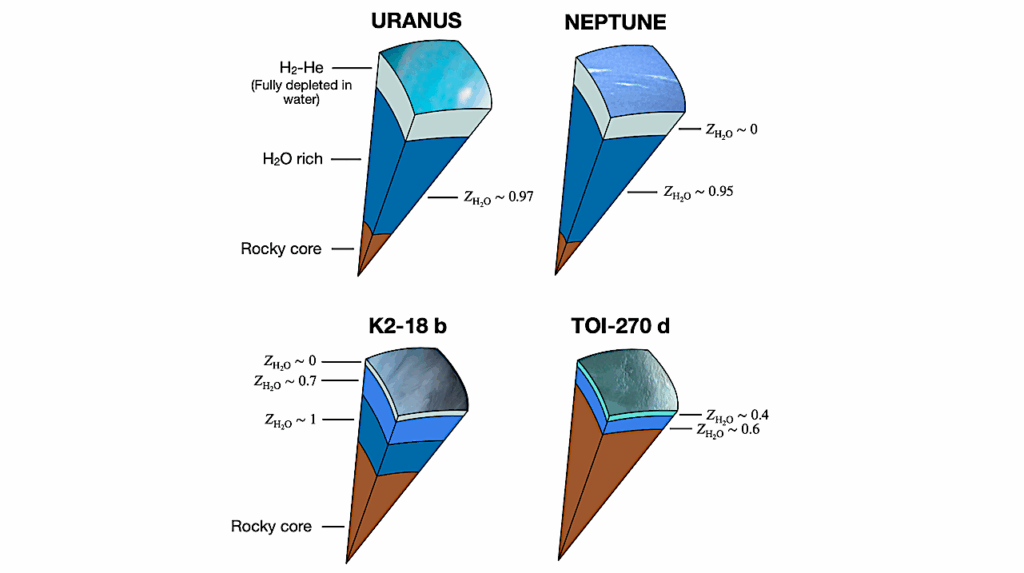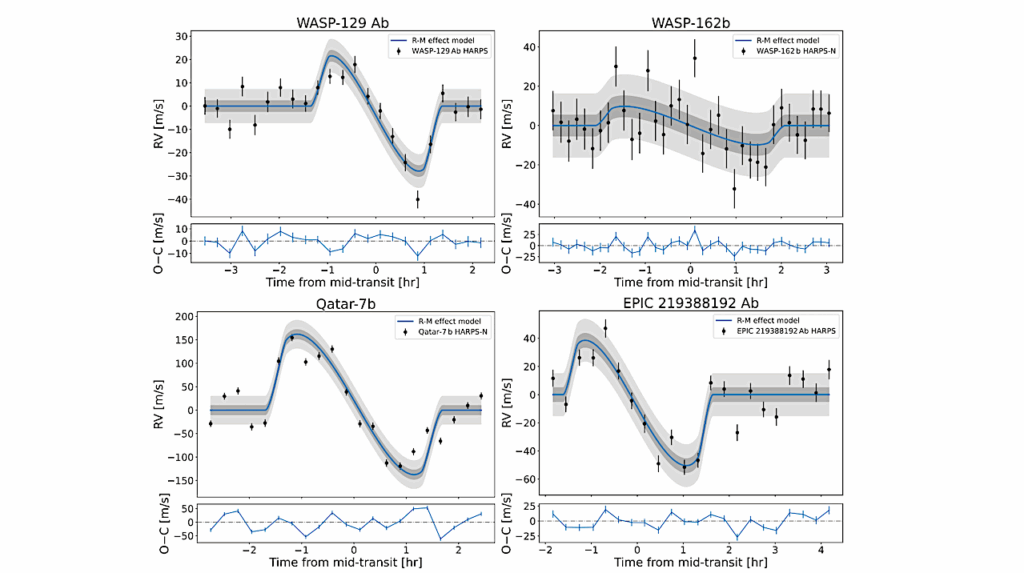Ariel Stellar Characterisation II. Chemical Abundances of Carbon, Nitrogen, and Oxygen for 181 Planet-host FGK Dwarf Stars

One of the ultimate goals of the ESA Ariel space mission is to shed light on the formation pathways and evolution of planetary systems in the Solar neighbourhood. Such an endeavour is only possible by performing a large chemical survey of not only the planets, but also their host stars, inasmuch as stellar elemental abundances are the cipher key to decode the planetary compositional signatures.
This work aims at providing homogeneous abundances of C, N, and O of a sample of 181 stars belonging to the Tier 1 of the Ariel Mission Candidate Sample. We applied the spectral synthesis and the equivalent width methods to a variety of atomic and molecular indicators (C I lines at 5052 and 5380.3 A, [O I] forbidden line at 6300.3 A, C_2 bands at 5128 and 5165 A, and CN band at 4215 A) using high-resolution and high S/N spectra collected with several spectrographs.
We provide carbon abundances for 180 stars, nitrogen abundances for 105 stars, and oxygen abundances for 89 stars. We analyse the results in the light of the Galactic chemical evolution, and in terms of the planetary companions properties. Our sample basically follows the typical trends with metallicity expected for the [C/Fe], [N/Fe], and [O/Fe] abundance ratios. The fraction between C and O abundances, both yields of primary production, is consistent with a constant ratio as [O/H] increases, whereas the abundance of N tends to increase with the increasing of the O abundance, supporting the theoretical assumption of a secondary production of nitrogen.
The [C/N], [C/O], and [N/O] ratios are also correlated with [Fe/H], which might introduce biases in the interpretation of the planetary compositions and formation histories if host stars of different metallicity are compared. We provide relations that can be used to qualitatively estimate whether the atmospheric composition of planets is enriched or not with respect to the host stars.
R. da Silva, C. Danielski, E. Delgado Mena, L. Magrini, D. Turrini, K. Biazzo, M. Tsantaki, M. Rainer, K.G. Helminiak, S. Benatti, V. Adibekyan, N. Sanna, S. Sousa, G. Casali, M. Van der Swaelmen
Comments: 20 pages, 15 figures, 2 tables, to be published in the Astronomy & Astrophysics journal
Subjects: Solar and Stellar Astrophysics (astro-ph.SR); Earth and Planetary Astrophysics (astro-ph.EP); Astrophysics of Galaxies (astro-ph.GA)
Cite as: arXiv:2406.12393 [astro-ph.SR] (or arXiv:2406.12393v1 [astro-ph.SR] for this version)
https://doi.org/10.48550/arXiv.2406.12393
Focus to learn more
Submission history
From: Ronaldo da Silva
[v1] Tue, 18 Jun 2024 08:32:15 UTC (8,350 KB)
https://arxiv.org/abs/2406.12393
Astrobiology, Astrochemistry,








